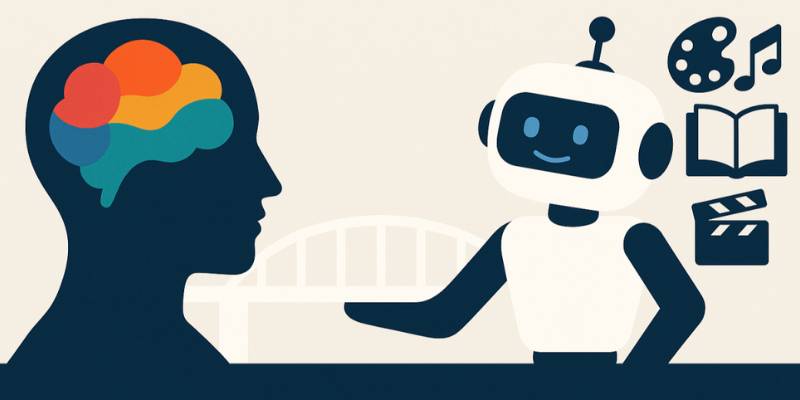When I first read about creatives “thriving” in this AI-powered world, I half-expected a doomsday prelude.
Turns out, it’s the opposite — as MediaPost puts it, AI isn’t replacing artistry; it’s amplifying it.
Copywriters are no longer chained to the page; they’re experimenting with visuals, motion, and even synthetic personas that “talk back.”
It’s fascinating — imagine using Anthropic’s Claude to roleplay a skeptical customer or having ChatGPT generate five tonal variations of a single tagline. That’s not science fiction anymore; it’s workflow.
But let’s not sugarcoat it. I’ve seen colleagues wrestle with the anxiety of “what’s left for humans?” Well, for one, storytelling — the kind with bite, empathy, and a bit of chaos.
Tools like RunwayML’s Gen-3 Alpha might turn text into cinematic ads, but they can’t feel goosebumps the way you do when an idea just clicks.
There’s also this quiet creative revolution happening beneath the noise — marketers using AI not to automate, but to elevate.
Small studios in Berlin and São Paulo are blending human craft with machine fluency, creating hybrid copy that reads like poetry but optimizes like code.
Even Forbes’ deep dive on AI in small business marketing hints at that shift: democratized creativity.
Still, there’s a line. AI might generate the bones of a campaign, but it’s people who give it a heartbeat. I mean, would you trust a model to write your breakup letter or your wedding vows? Didn’t think so.
That’s the trick — learn the rhythm of your machine collaborator, not just its syntax.
Those who do, as MediaPost’s Charlotte Bent suggests, won’t just “survive” this era. They’ll dance with it. And maybe — just maybe — they’ll write a better story because of it.

